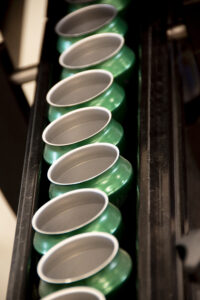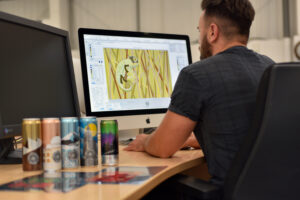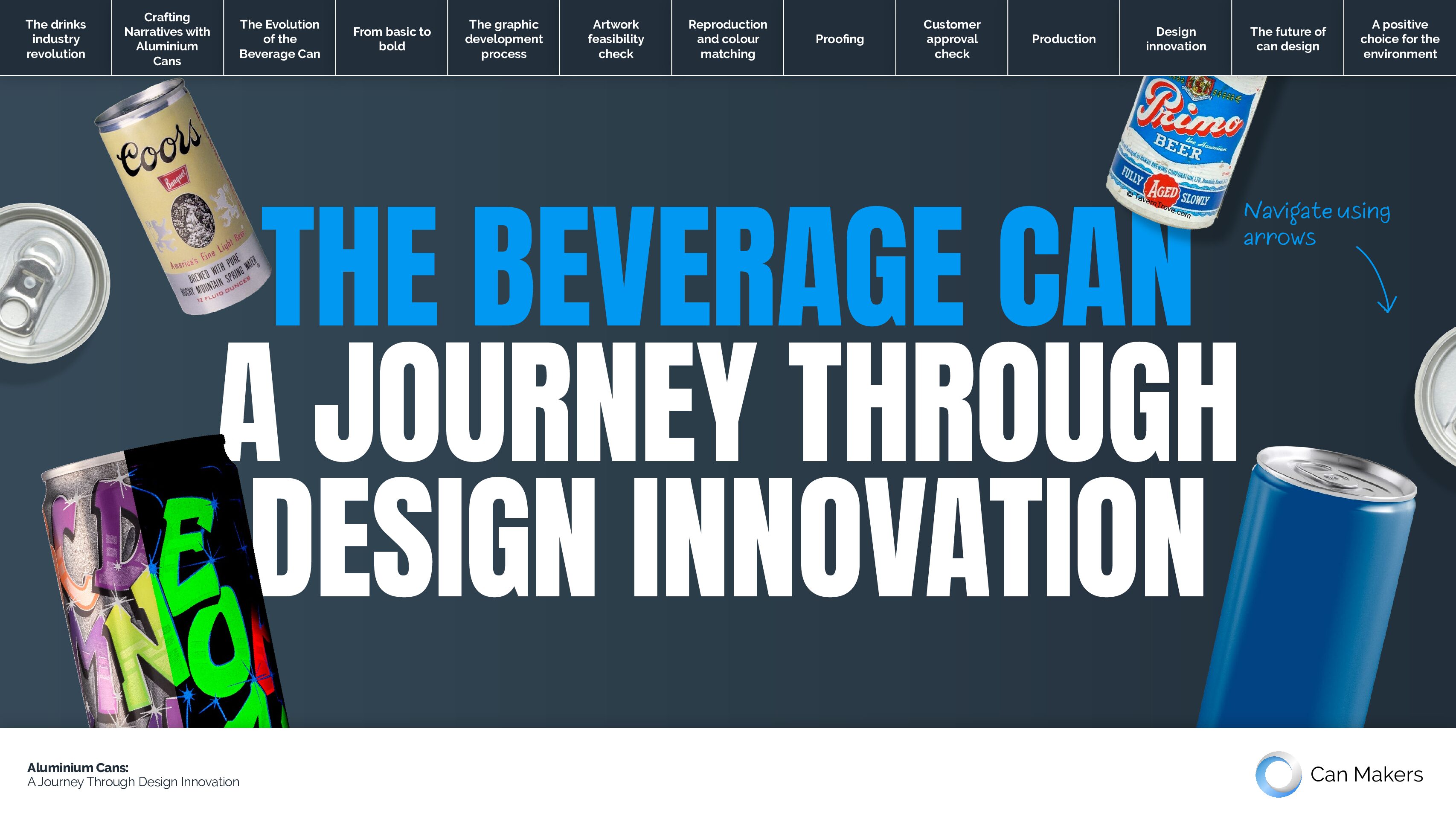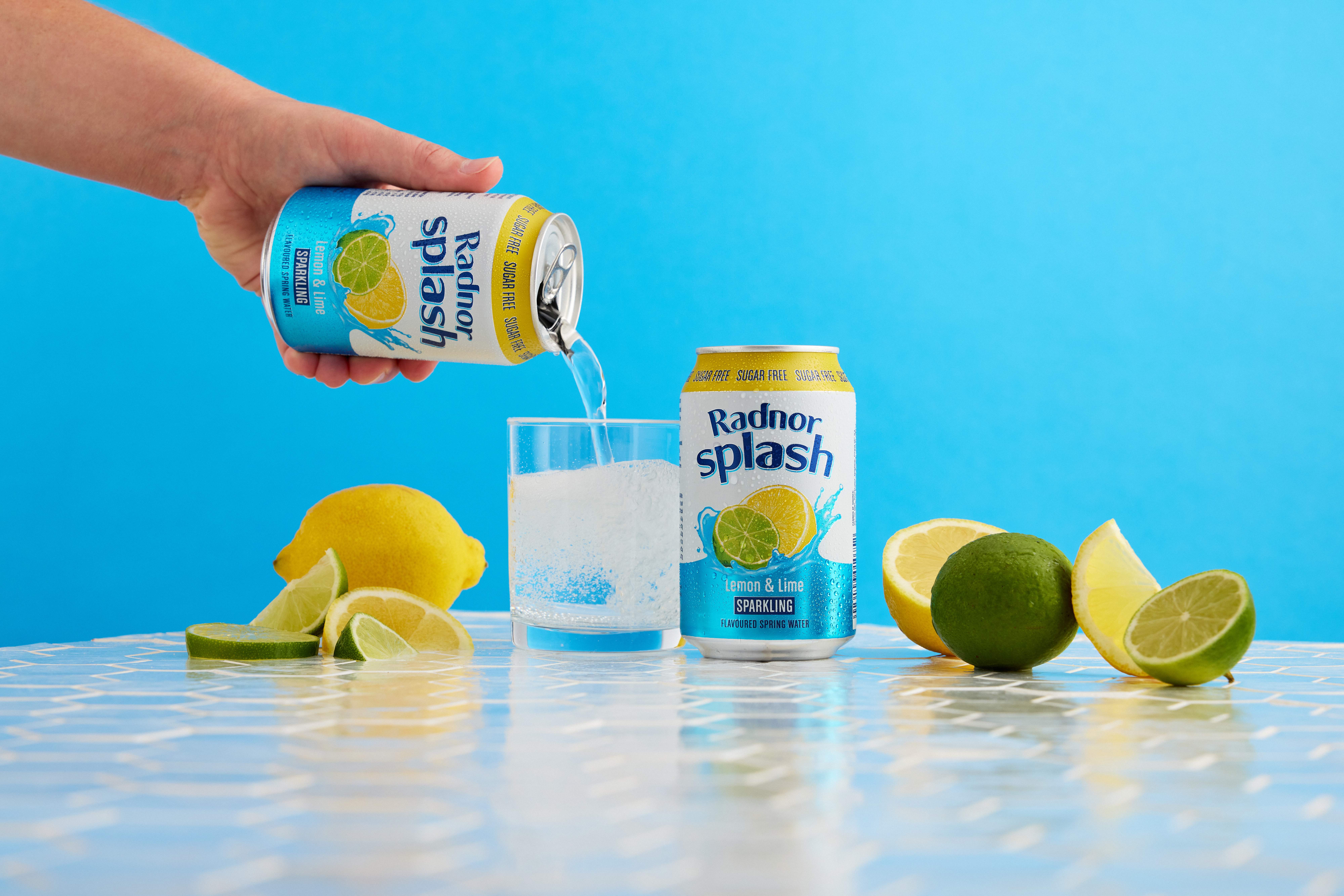News
Beverage cans: a canvas for distinctive branding
Aluminium cans have become a game-changer in the beverage industry, offering both innovative design and sustainable packaging solutions that have transformed how we enjoy drinks. From their modest beginnings to the sleek, modern cans we know today, the evolution of the aluminium beverage can is a story of design and technological innovation.

The popularity of the beverage can
Consumer demand for convenience, quality and sustainability has driven the popularity of beverage cans, which are packaging everything from high-quality wines to coffee, soft drinks and even bar-quality cocktails. The global canned drinks market is projected to reach $34 million by 2028, highlighting the growing value of the aluminium beverage can.
However, the success of the aluminium can is not just due to its functionality. It is a powerful branding tool, offering a 360° printable surface that allows brands to tell their stories visually and stand out in a crowded market.
The history of the beverage can
The evolution of the beverage can started in the 1930s with the introduction of basic tinplate cans. The industry underwent a significant transformation in the late 1950s with Coor’s introduction of the first all-aluminium beer can. This groundbreaking development eliminated the metallic taste associated with steel cans while reducing shipping costs and enhancing freshness.
Initially, printing techniques were limited, producing basic designs with a few colours. However, advancements in technology have expanded the design possibilities and enabled modern offset printing to produce up to 2,000 cans per minute with intricate graphics and vibrant colours.
The transition from analogue to digital processes has transformed the way brands can print and decorate their cans. This technological leap has not only improved the efficiency of production but has also enabled a wide range of design possibilities, from matte finishes to glow-in-the-dark and embossed textures. Brands can now customise cans, incorporating variable data such as personalised text, images, or codes.
 The 360-degree design canvas
The 360-degree design canvas
The 360-degree design canvas of beverage cans enables brands to showcase a variety of striking designs. Unlike traditional packaging that can restrict design space, cans feature a seamless surface that allows for bold graphics, intricate patterns, and vibrant colours. This allows brands to tell their stories visually, creating a connection with the consumer that goes beyond the product itself.
Take Coca-Cola’s ‘Share a Coke’ campaign as an example. The brand effectively leveraged the design potential of aluminium cans to connect with its audience in a memorable way. By personalising cans with popular names and phrases, Coca-Cola transformed the can into a personal keepsake. This approach not only fostered a sense of connection between the brand and the consumer but also created a buzz on social media.
To recognise the growing influence of can design and those brands taking it to a new level, Can Makers introduced a bi-annual Design Award Accolades programme, where representatives from the trade body’s committee, including design and print experts, meet quarterly to recognise can design cohesion across brand, shelf standout and the innovative use of inks, among other attributes.
The future of can design
As we look to the future, the evolution of the aluminium can is far from over. Emerging technologies, including AI, are set to further revolutionise the design and production processes. AI has the potential to automate tasks like colour matching and sample testing, ensuring even greater precision in design execution. The development of a specialised Pantone colour chart for metal decoration could also provide brands with more control over their can designs.
The sustainability of the can
Beyond design innovation, aluminium cans are a sustainable packaging solution that resonates with environmentally conscious consumers. Cans are lightweight, recyclable and can be back on the shelf in as little as 60 days.
Our research confirms that 75% of UK consumers prefer cans due to their recyclability, and more than 25% are buying more canned beverages than ever before.
Looking ahead
As the beverage can industry continues to evolve, it’s clear that design is crucial in shaping brand identity and influencing consumer preferences. By embracing innovation and harnessing the creative potential of can design, brands can effectively stand out in a competitive marketplace.
With sustainability and aesthetics taking centre stage, beverage cans become a key instrument for storytelling and brand engagement. As consumers become more discerning in their choices, can design is set to emerge as a key factor in determining a brand’s success.


